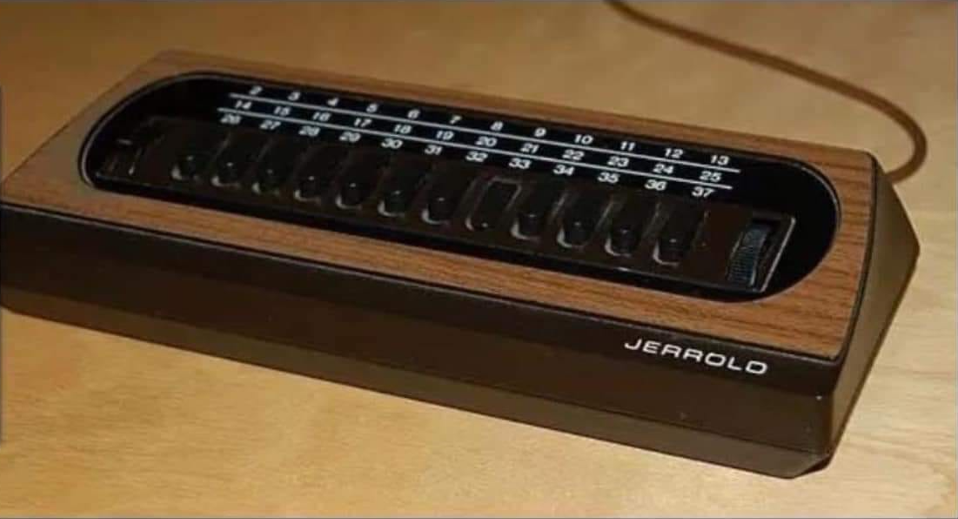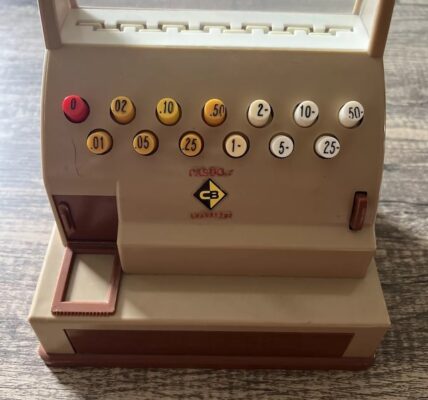Jerrold Cable TV boxes were pivotal in the transformation of television from a basic household utility to a powerful entertainment medium. These devices, along with their pioneering company, Jerrold Electronics Corporation, set the stage for the evolution of cable television, making it accessible to millions of homes. From the first analog boxes to digital converters, Jerrold’s innovations influenced how we consume television, setting a standard for cable technology that lasted for decades.
This article delves into the history of Jerrold Cable TV boxes, exploring how they revolutionized the way people watched television, the technical evolution of the devices, and the lasting impact of the Jerrold brand on today’s digital entertainment landscape.
The Early Days of Cable TV: Jerrold’s Founding and Vision
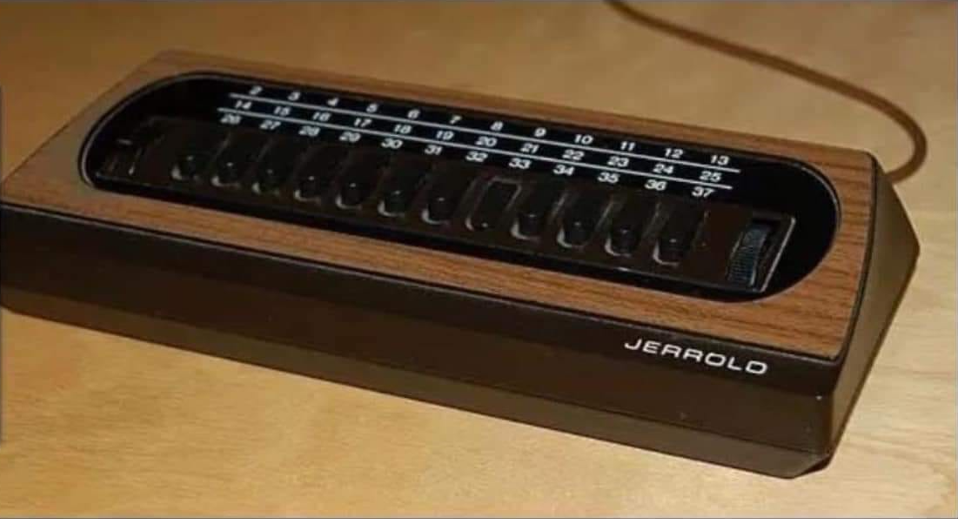
Jerrold Electronics Corporation was founded in 1950 by Milton Shapp, an innovator who recognized the potential of delivering television to remote areas. At a time when most homes relied on antennas for reception, Shapp saw a gap in providing reliable TV signals to communities located in mountainous or rural areas. The solution? Community Antenna Television (CATV), which amplified broadcast signals through shared antennas, distributing them to individual homes via coaxial cables.
Jerrold didn’t just supply the hardware; it developed entire systems that included amplifiers, head-end units, and the now-iconic set-top boxes. The company quickly became synonymous with the growth of cable TV, laying the groundwork for an industry that would eventually reach millions of viewers.
The Introduction of the Jerrold Cable Box: Analog Beginnings
In the 1960s, Jerrold introduced its first line of analog cable boxes. These devices allowed users to tune into multiple channels, a revolutionary feature at a time when TV options were limited to a handful of broadcast networks.
- Simple Channel Selectors: Early Jerrold boxes functioned primarily as channel selectors. The boxes converted incoming cable signals into analog formats that televisions could process. With a straightforward interface, users could flip between different channels, unlocking more programming options than ever before.
- Design and Functionality: Jerrold’s early models were made with a utilitarian design—a small, rectangular box with a row of buttons to select channels. The boxes connected to televisions through coaxial cables, with users often setting the output to channel 3 or 4 to view cable programming.
- Impact on TV Viewing: For families used to adjusting “rabbit ear” antennas, these cable boxes brought a new level of convenience and clarity. Suddenly, viewers had access to clearer signals and a wider range of programming, including news, movies, sports, and niche channels.
The Rise of Addressable Cable Boxes in the 1980s
By the 1980s, cable programming had expanded, with premium channels like HBO and Showtime becoming popular additions. To accommodate these new services, Jerrold developed addressable cable boxes.
- Remote Control by Cable Companies: Addressable cable boxes allowed cable providers to activate or deactivate channels remotely based on a subscriber’s package. Each box had a unique electronic address, enabling more precise control over access to channels.
- Support for Pay-Per-View Services: As pay-per-view content became more prevalent, addressable boxes made it possible for users to order and view premium events from the comfort of their homes.
- Security and Scrambling: With more valuable content on the line, cable companies began scrambling premium signals to prevent unauthorized access. Jerrold’s addressable boxes were designed to decode these signals, ensuring that only paying subscribers could view the premium content.
The Advent of Converter and De-Scrambler Boxes
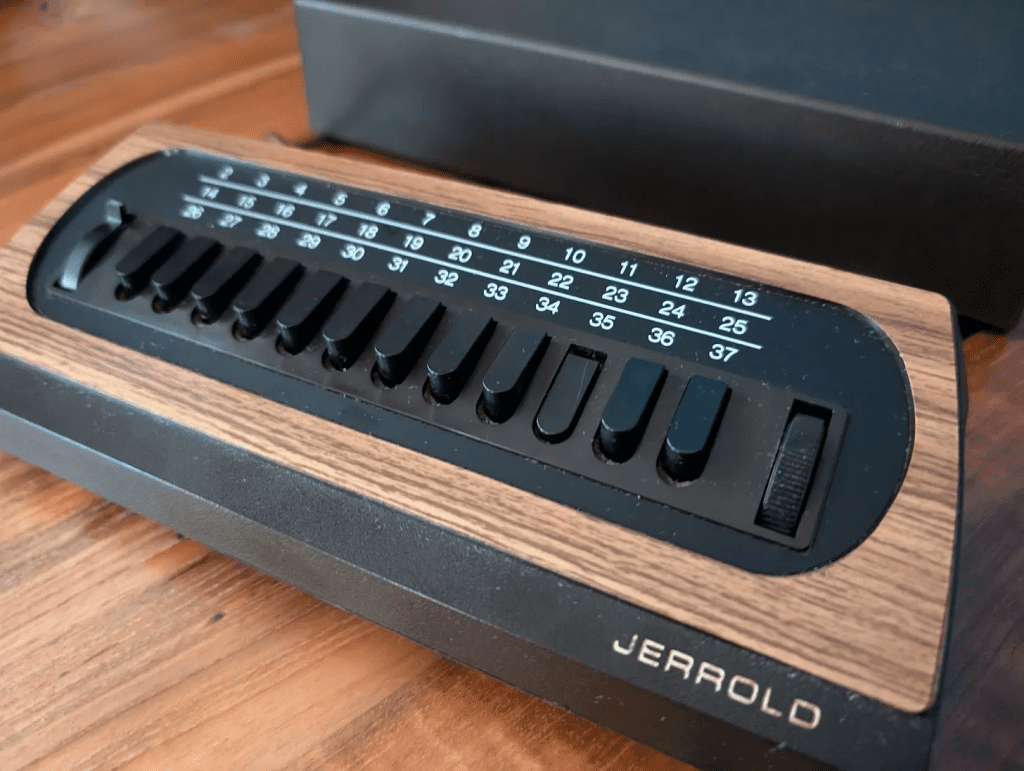
As cable companies sought to protect their content, Jerrold introduced converter and de-scrambler boxes in the 1980s and 1990s.
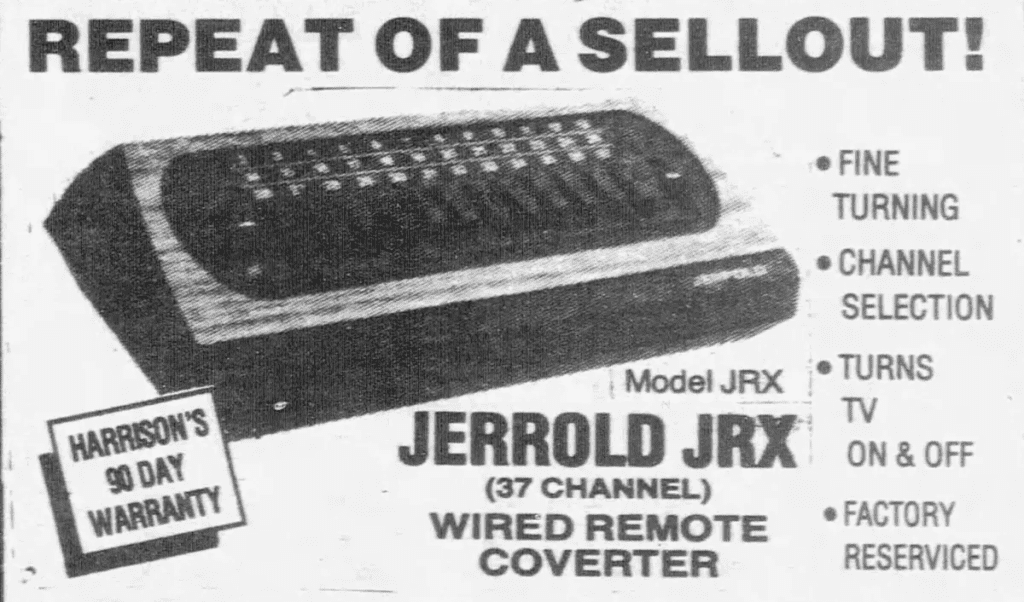
- Signal Conversion: These boxes converted scrambled signals into viewable content, a necessity as cable networks implemented encryption to safeguard their broadcasts. Converter boxes were especially important for premium channels, which required specific decoding to be accessible.
- De-Scrambler Technology: While Jerrold boxes were meant to enable legal access, a black market for modified boxes emerged, allowing users to access premium content without paying. Despite this unintended consequence, Jerrold’s converter technology set the stage for more secure cable distribution methods.
The Transition to Digital Set-Top Boxes in the 1990s
In the 1990s, as the television industry began transitioning from analog to digital, Jerrold, under General Instrument, adapted to the changing landscape with digital set-top boxes.
- Improved Picture Quality: Digital boxes offered enhanced picture quality, bringing clearer images and more channels. These devices were capable of decoding digital signals, supporting the rollout of digital cable services.
- Two-Way Communication: Unlike earlier models, digital boxes allowed two-way communication with cable providers. This innovation enabled new services like Video-On-Demand (VOD), interactive program guides, and digital recording capabilities.
- More Advanced Features: Digital set-top boxes were equipped with features like parental controls, channel guides, and the ability to order movies or shows directly from the TV. These developments marked a significant shift in user interaction and access to content.
Jerrold’s Decline: The Changing Cable TV Landscape
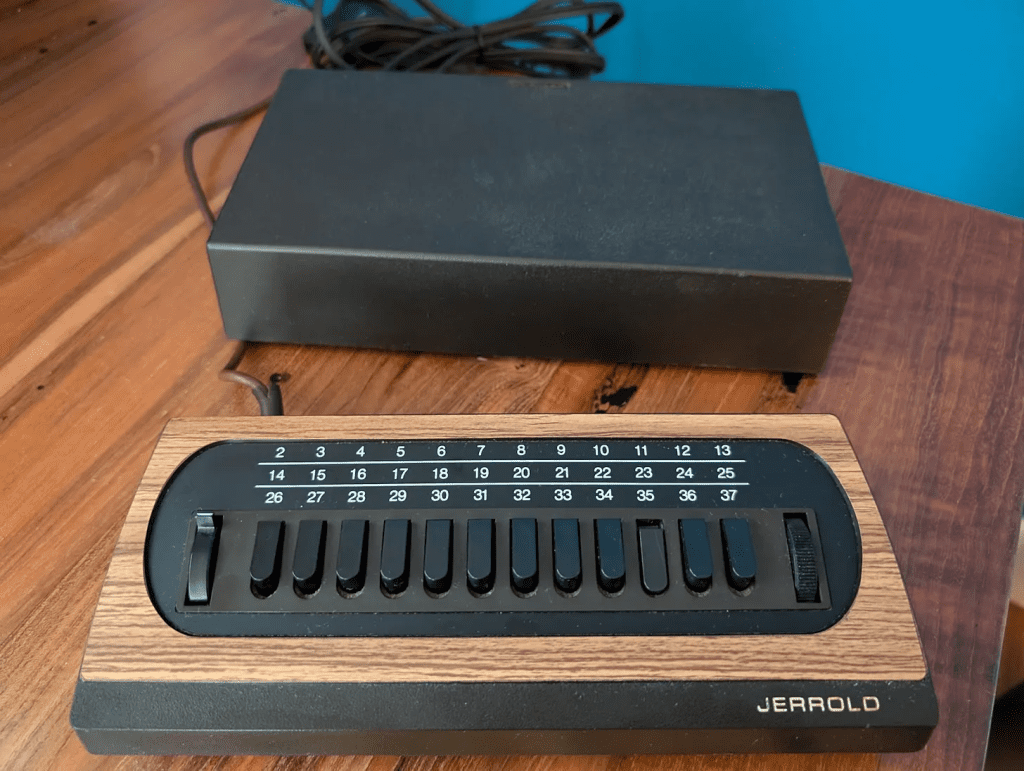
By the late 1990s and early 2000s, Jerrold’s presence in the industry began to wane due to shifting consumer preferences and advancing technology. Key factors contributing to Jerrold’s decline include:
- Emergence of Satellite TV and Streaming: The rise of satellite television and internet-based streaming services provided alternatives to traditional cable, leading to decreased demand for traditional cable boxes.
- Acquisition and Transition: General Instrument, which acquired Jerrold in 1967, was itself acquired by Motorola in 2000. This marked the beginning of Jerrold’s phase-out, as Motorola focused on broader telecommunications technology.
- Google’s Acquisition: In 2012, Google acquired Motorola’s set-top box division, further shifting the focus towards digital innovation and away from traditional cable hardware.
Jerrold’s Lasting Legacy in Cable Technology
Despite its decline, Jerrold’s contributions to the cable industry remain significant:
- Pioneering CATV Systems: Jerrold’s early efforts in CATV laid the foundation for modern cable infrastructure, making television accessible in remote areas.
- Standardizing Cable Boxes: Jerrold set the standard for cable boxes, influencing the development of set-top technology that continues to evolve today.
- Impact on Consumer Experience: The convenience, variety, and accessibility provided by Jerrold’s cable boxes changed how viewers consumed television, offering a preview of the on-demand culture we experience today.
Conclusion: Jerrold’s Role in TV’s Golden Age
Jerrold Cable TV boxes were more than just devices; they represented a new era in television viewing. From simple analog selectors to sophisticated digital converters, these boxes made cable TV a staple in households across America. While Jerrold may no longer exist as a brand, its legacy lives on in the form of modern set-top boxes and streaming technology. Jerrold’s journey exemplifies the evolution of TV technology, shaping how we watch, interact with, and enjoy content today.
